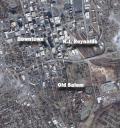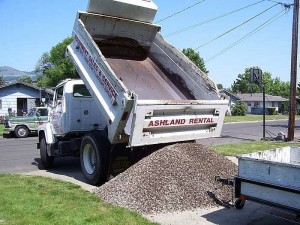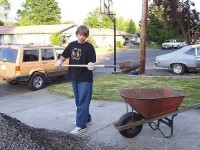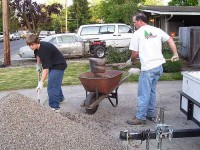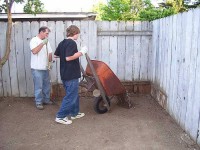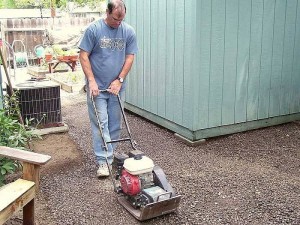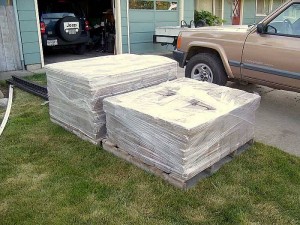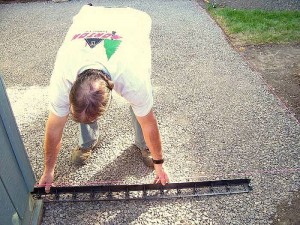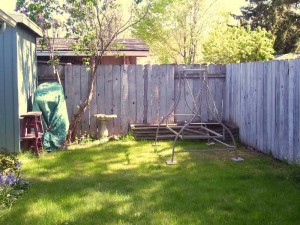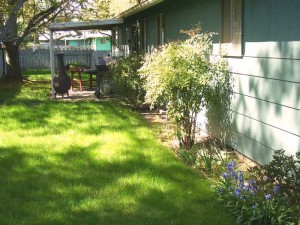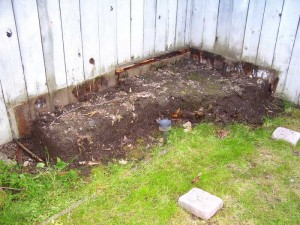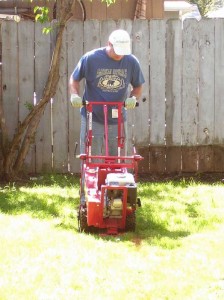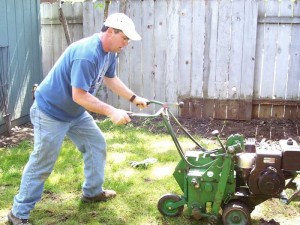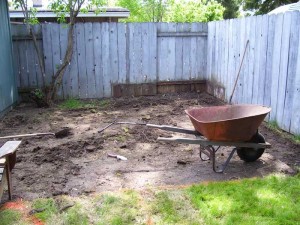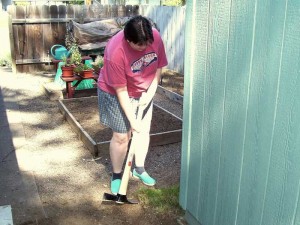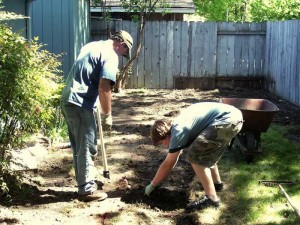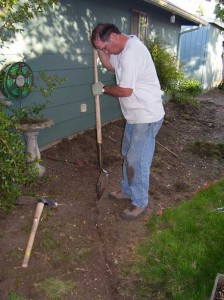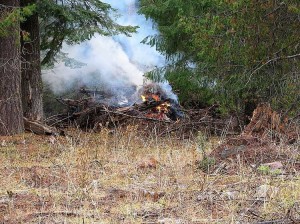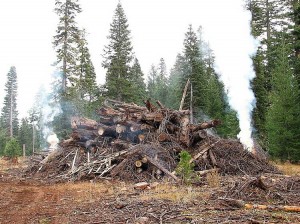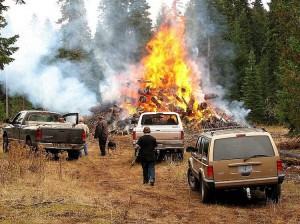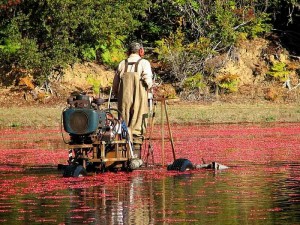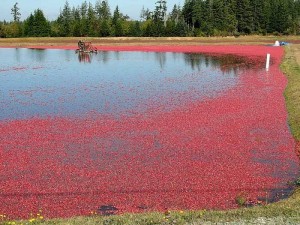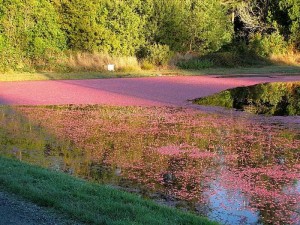We went to Greensboro, North Carolina to visit my wife’s folks for Christmas. It is about 30-45 minutes from Winston-Salem, NC and we went to Old Salem the day after Christmas to look around the old town that dates back to colonial times, the mid 1700’s, before we were even a country! It is similar to Colonial Williamsburg in that there are people in period dress working various shops. I’m born and raised in Oregon, so the oldest buildings around my area, Jacksonville, OR are from the mid to late 1800’s so this was a special treat for me.
When we arrived in town you could clearly see the R.J. Reynolds tobacco plants right next to the edge of downtown. Just a stones throw away is the old town.
There is a parking area and a main entry area with lunch bar, gift shops and tickets. You go over a modern but old looking covered bridge into old town.



Bridge into town………………. Gunsmith …………………..Public well
speaking of public well, we learned that Old Salem had one of the first public water complete with under ground plumbing, Water came to strategic spots around town like above, and to some kitchens!



Horse drawn carriage ………. old watering trough …..”Single Brothers House”
The town was founded by people of the “Moravian” religion. Young boys lived at home and went to school, young girls were schooled at home. Older boys 14 yrs and up lived at the “Single Brothers House” and schooled and learned a trade there until old enough to marry. Older girls lived in the “Single Sisters House” until old enough to marry. The horse drawn carriage above is right in front of the Single Sisters House.



neat old doorway …………….Old walls and walks ………bakers
The neat crooked old doorway goes into the young boys school. There are neat walls and walkways every where. We went into the old bakery and watched them make bread. The special of the day was the most incredible loaf of onion bread I’ve ever eaten, and only $4.50 for a 1 lb. loaf! After it cooled slightly, she slopped on some melted butter all over the loaf then bagged it up to sell. my reaction was OMG!!! when we tried a sample, and we bought a loaf for dinner.



some old buildings…….. Notice there are cars? yes you can drive through town and there are people living in most of the homes along the streets.
All in all it was a pretty good day trip. I have never seen stuff that old (except for when I was stationed in Germany) and still standing and people living and working there. Nothing was “re-constructed” only, originals were remodeled.
